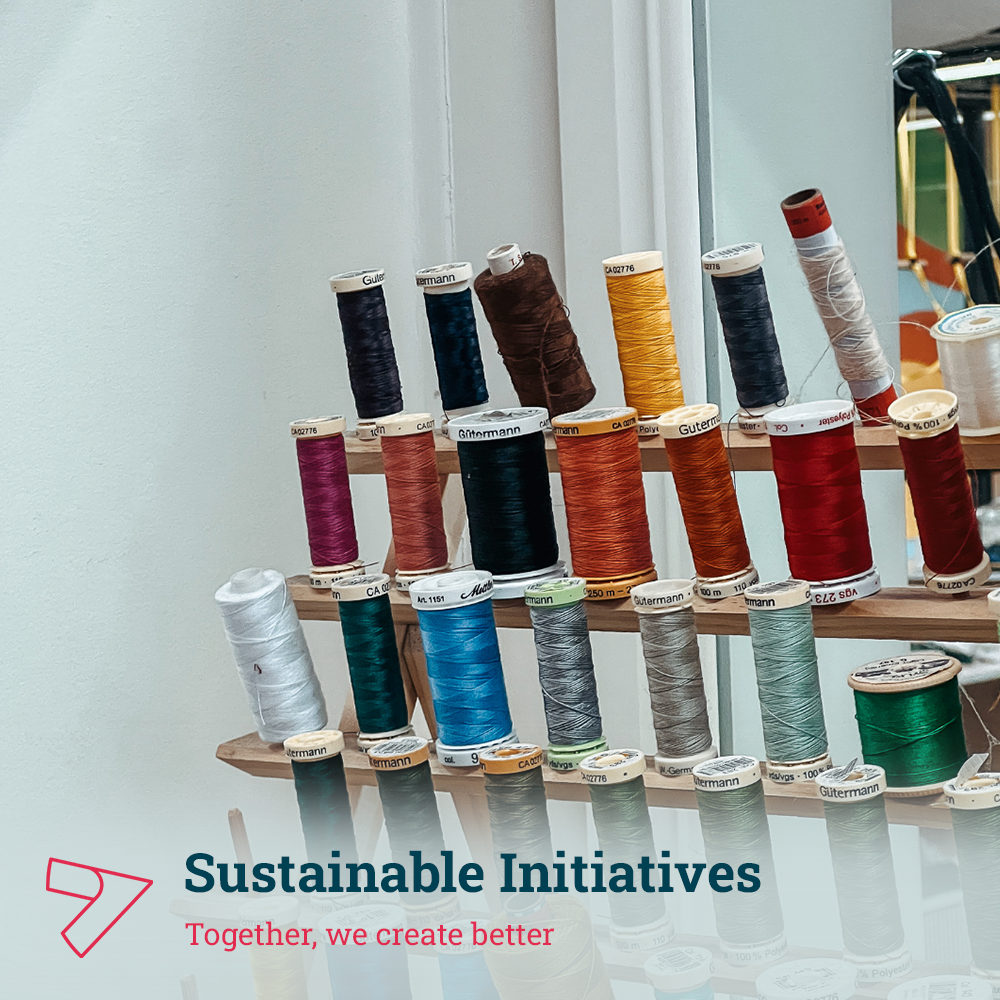Here’s our guide to all thing’s re-brand.
If you’ve been considering rebranding, then this is the article for you!
Scene 1: I’m bored with our logo
I think we need to redo our brand.
Oh, why?
Well, we’ve had this logo and have been using these colours for quite a while, and I’m getting tired of it.
Mmmm, ok. You might be sick of it because you see it every day. Our clients are familiar with it though and they don’t get bored with it like you do, so I don’t think that is enough of a reason.
Scene 2: Our market position is waning
I think we need to redo our brand.
Oh, why?
We’ve been reviewing our business strategy and we’re worried that our brand position is no longer in sync with who we are. It doesn't It reflect what our employees and customers value, or meet changing customer expectations. We feel like it’s lagging behind what our competitors are doing, and no longer reflects our growing product/service portfolio.
Oh, that is interesting…let’s take a closer look at that to determine if a brand refresh/ rebrand is needed to help us remain successful.
….
Time and again we hear conversations similar to those above; particularly the first scenario. And to channel the oft-quoted Mark Ritson who is at best ebullient on the topic – you probably don’t need to rebrand. In fact, Ritson’s advice – do NOT rebrand unless you have a legal reason to do so.
So, what do you do if you feel your brand is tired in the market, not keeping up with competitors, and/or no longer resonating with your client base?
Perhaps you don’t need to rebrand, however you may need to refresh or revitalise your brand to keep it fresh and exciting – a brand that your customers want to be associated with.
So how do you go about a refresh/revitalisation?
Leadership buy-in
First things first - talk to your leadership team to ensure you have understood their views, and that together you all agree with the need to find out if a refresh is needed. If it is needed, then keep them informed regularly throughout the project and of course at key decision points.
Research and analysis
Next, you should check that the need for a refresh is in fact the reality, and not just a feeling that you have. Do some research, understand the current state, map your own brand against those of your competitors.
- Take the pulse of your employees. Survey them, run small focus groups, and have conversations.
- Check in with your customers and partners. Interview them, send out a survey.
- Scan the market. Research your competitors, research other organisations selling to the same markets as you. Compare yourself to them and see how you are positioned.
Go/no-go and keep vs change
What did you find out? Is it worth refreshing the brand? If yes, what did the research tell you about what you should keep versus what you should change about the way you present your brand?
Audit
Create an audit checklist and make sure you have a list of ALL the places where your brand assets live so you can budget and resource for the changeover. All too often this gets overlooked and we see clients still using a mix of old and new 6-months down the track.
Download the Branded Audit Checklist
Strategy
Are you clear on your company strategy?
Can you translate this into a brand strategy?
Vision
Articulate your aspirational, long-range vision.
Mission
Pronounce how you will achieve your vision, and why.
Values
Communicate the things you stand for, and that underpin the way you work and behave every day.
Identity – bringing it all to life
Create a brief for your designers to develop your refreshed identity.
Articulate clearly for them who your customers are, your employees, competitors, strategy, vision, mission, values, personality, characteristics.
 Download the Brand Identity Briefing Guide
Download the Brand Identity Briefing Guide
Check any early design concepts to ensure they are not similar to any other brands, particularly ones in your industry or that your client base will be familiar with.
Run focus groups with representative audience samples to check reactions to the new visual concepts, and the messaging.
Refine as necessary.
Protect the brand
Do not overlook the need to protect your brand. Ensure that you register any new logo marks and taglines. You can use a Trademark Attorney, or if in Australia you can make use of the self-service tools available through IP Australia.
Apply the refresh
You will need designers, content creators, administration support and developers to get you through this phase. There will be written and visual content to update; digital and printed materials to refresh; offices/cars/shops to refit; merchandise to re-order; websites and social media channels to update; document templates, invoicing systems, client portals and more to update. The list goes on. Make sure you have this list prepared well ahead of time and that your stakeholders are aware and on board with the plan to get this done.
Show your employees first!
Too often employees don’t get consulted or even shown rebrand or refresh previews ahead of the launch to the market. This can lead to employees feeling disengaged and consequently unsupportive of the new brand. Your employees are the heart of your business - take the time to involve them at key points in the brand’s development. Get their feedback. Show them the final product before it is launched to market. This can make the world of difference to their feeling of involvement, ownership, and loyalty to the brand.
Launch and communicate
Make a splash. Have a party. Create beautiful videos and animations. Send emails. Post on social media. Send gifts to your clients and staff. Wear newly branded apparel. Have a bit of fun. Order branded cakes.
Be sustainable. Avoid waste
Corporate swag is a big contributor to landfill. Don’t be one of those wasteful companies -only order merchandise that is useful. Where possible, purchase items made from recycled materials and with sustainable supply chains.
Even better, find a way to re-purpose / recycle / re-use the merchandise that uses your old brand.
Check out this example of our business re-purposing our branded apparel. They’re turning it into furniture using sustainable materials and design/development methods.




